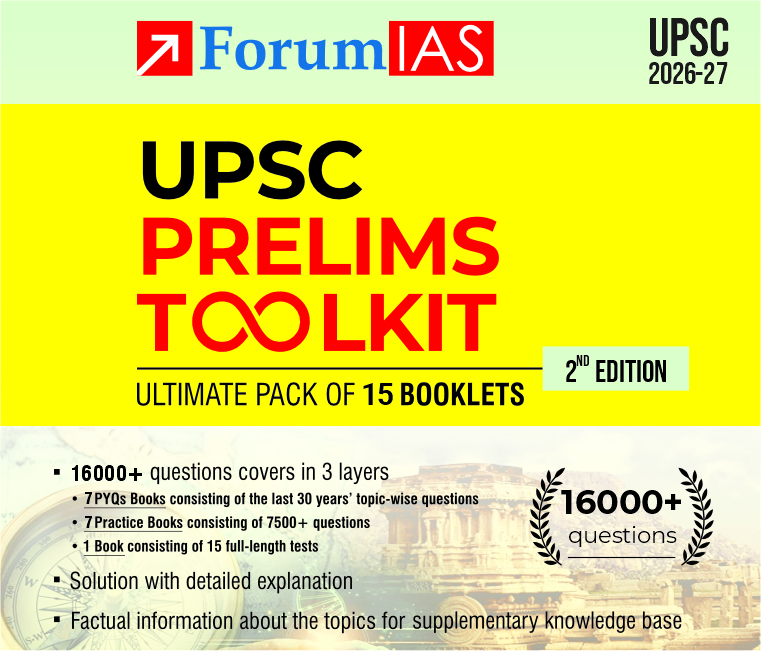Planning is the process of setting up objectives to achieve desired goals. Planning Commission in India was established as a non-constitutional and non-statutory body in 1950.
Economic planning involves allocation of resources based on the availability and socio-economic goals.
Contents
Planning: Need
- Physical, financial and human resources are scarce in nature.
- History of colonial exploitation has resulted in centuries of drain of wealth.
- In 1950s, there was a looming threat of capitalism being exploitative in nature too.
- Physical infrastructure in terms of irrigation, power, transport, roads were at a bare minimum.
- Socio-economic indicators such as health, education, sanitation which determined the quality of life of people were poor.
- India being a young democracy was fragile due to the consequences of Partition.
Planning: Objectives
- To ensure wholistic economic growth in terms of increasing GDP and Per capita income.
- To modernize India in terms of physical infrastructure by adopting right machinery.
- To be self-reliant by utilizing the available resources efficiently.
- To ensure social justice through equitable distribution of wealth and resources.
Planning: Types
- Democratic planning where the plan is formulated by elected representatives.
- Indicative planning where both public and private sector participate in planning but the core industries remain nationalised. It is usually followed in mixed economies such as India.
- Imperative planning where full control is exercised by the State in making the plan. It is a target-based planning where there is no role for market.
- Normative Planning involves bottom-up planning where the local inputs are considered while planning.
- Perspective planning where long term implications of short/medium term policies are considered. It is a kind of vision document.
- Financial planning where the resources allocated/ estimated in monetary terms reflecting the financial situation better.
- Physical planning where resources allocated/ estimated in real terms. For e.g., labour force, capital stock
- Rolling Plan/ Continuous Planning is a process where medium term plan is prepared and assessment of previous plan is included too.
Planning Commission: India’s Five year plans
| First Five Year Plan: 1951-1955 |
|
| Second Five Year Plan: 1956-1960 |
|
| Third Five Year Plan:1961-1966 |
|
| Plan holidays: 1966-1969 |
|
| Fourth Five Year Plan:1969-1974 |
|
| Fifth Five Year Plan:1974-1979 |
|
| Rolling Plan:1978-1979 |
|
| Sixth Five Year Plan:1980-1985 |
|
| Seventh Five Year Plan:1985-1990 |
|
| Two Annual Plans:1990-1992 |
|
| Eighth Five Year Plan:1992-1997 |
|
| Ninth Five Year Plan:1997-2002 |
|
| Tenth Five Year Plan:2002-2007 |
|
| Eleventh Five Year Plan:2007-2012 |
|
| Twelfth Five Year Plan:2012-2017 |
|
Planning Commission: Achievements
- India is the fifth largest economy by Gross Domestic Product and third largest economy by Purchasing Power Parity.
- Percentage of people below poverty line reduced from 45% in 1994 to 22% in 2023.
- All the social indicators such as literacy rate, infant mortality rate, maternal mortality rate, sanitation facilities have immensely improved.
- Many steps such nationalization of banks, green revolution, poverty alleviation and self-employment generation programmes have bettered the socio-economic structure of the economy.
- Transformative public infrastructure investment in railways, ports, airports, roads has created integrated ecosystem for several industries.
Planning Commission: Issues
- The five year plans could not ensure balanced regional development which was the main drawback.
- It adopted a one-size fits all approach because of highly centralized and top down planning mechanism.
- Excessive emphasize on heavy industries which had long gestation period and as a result investment in social capital has taken a backseat.
- Political interference in the planning process which deviated the set objectives for short term gains.
As a result, Planning Commission was dissolved in 2014 and NITI Aayog was established to transform the planning process in India.




